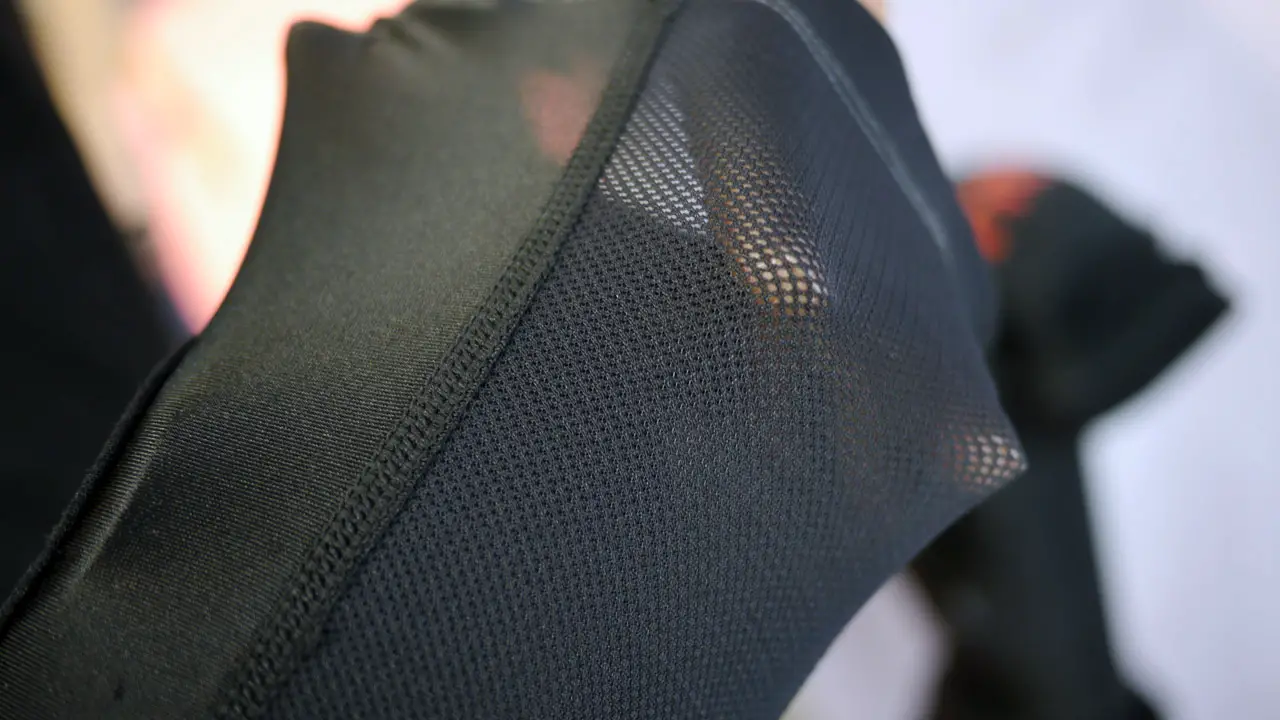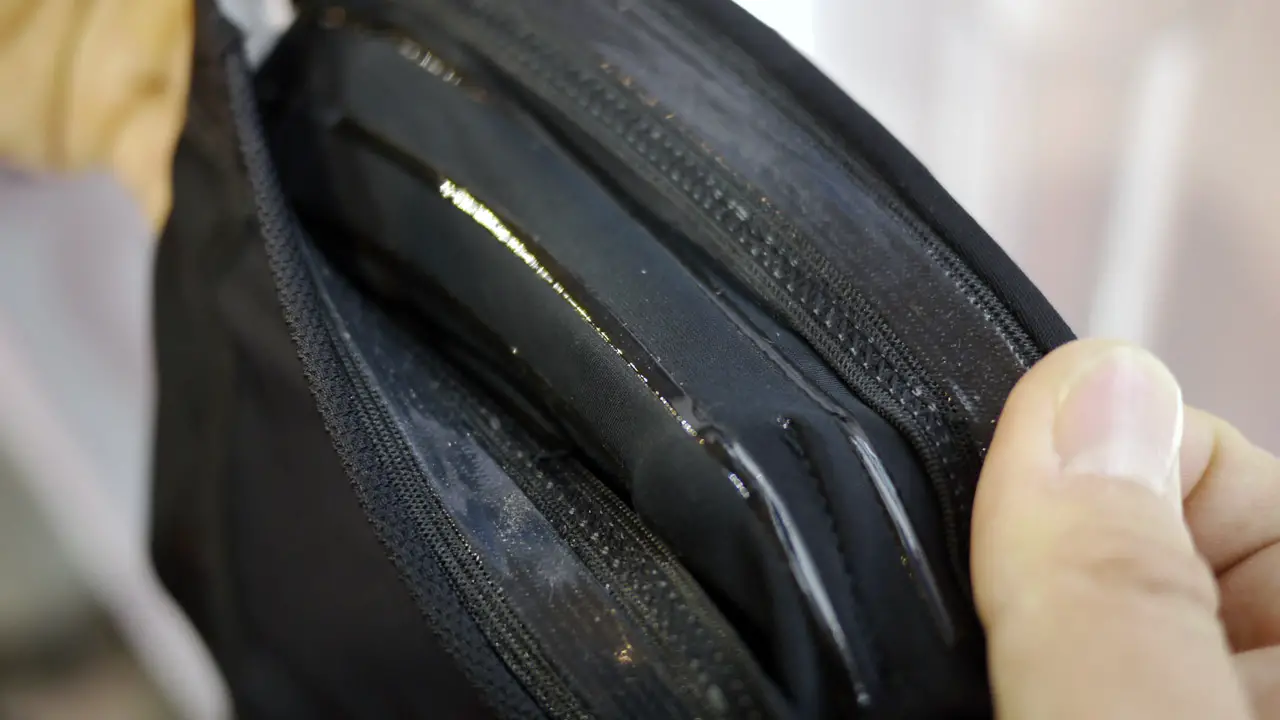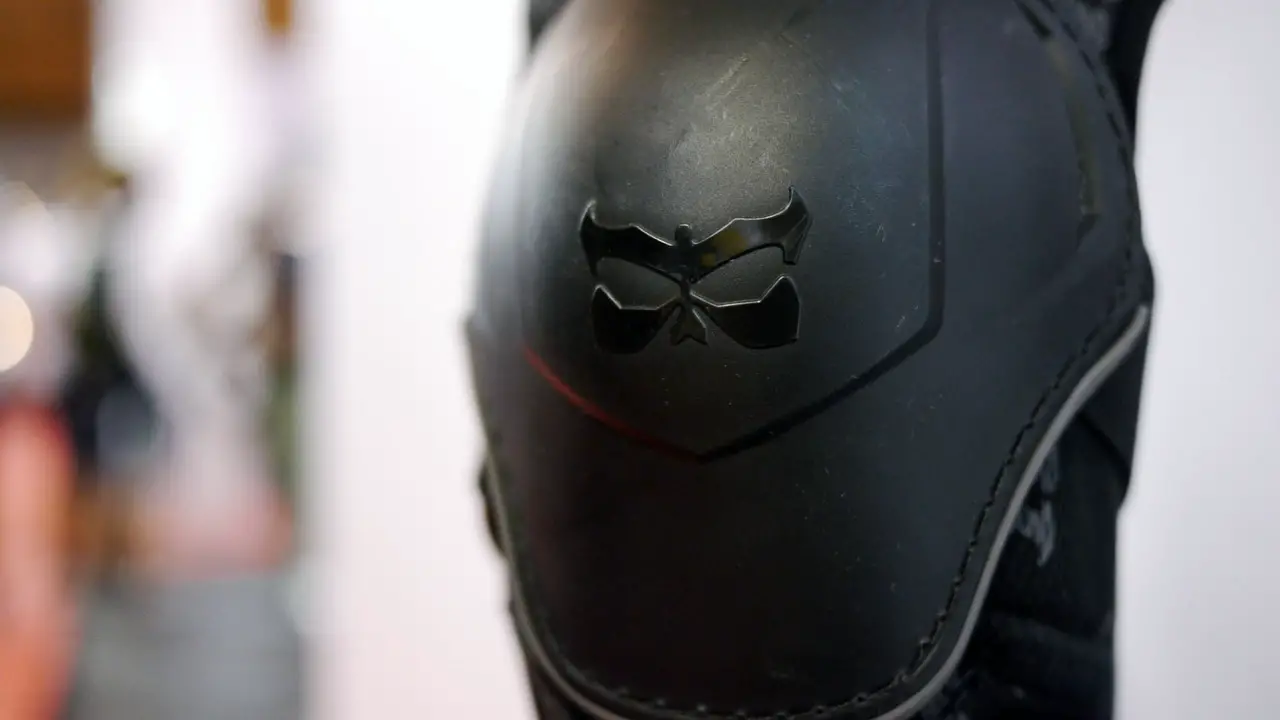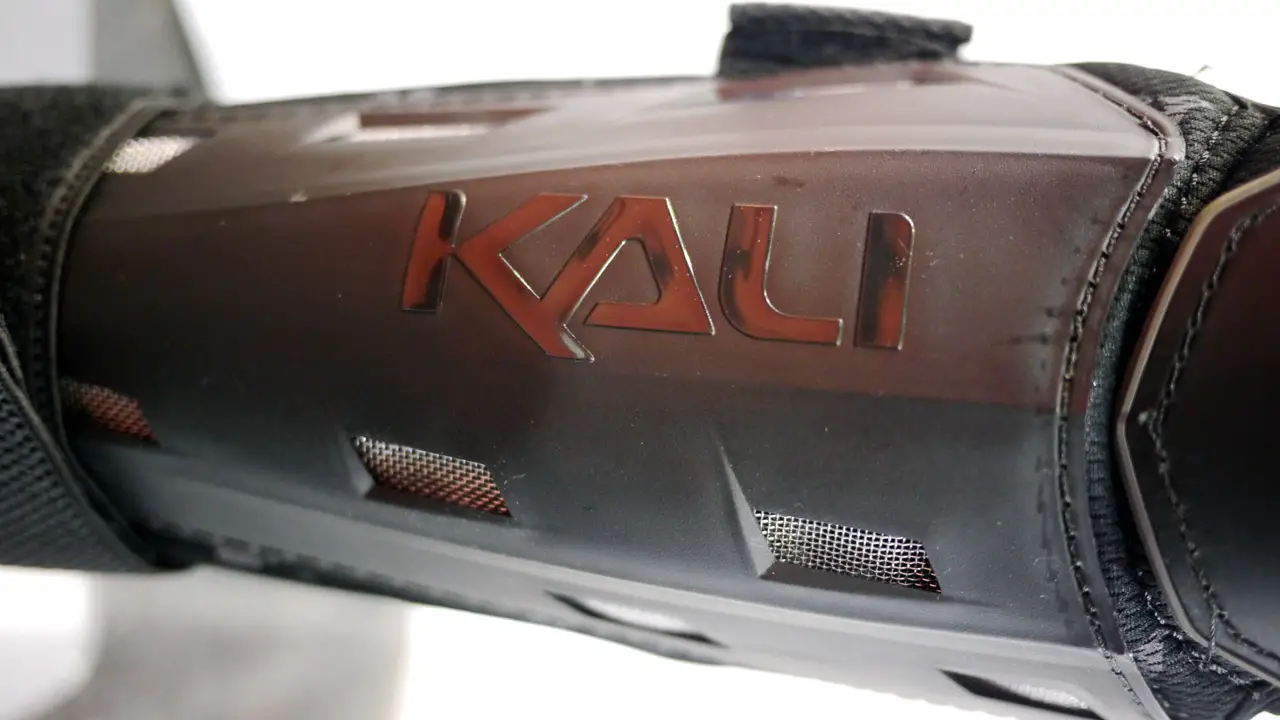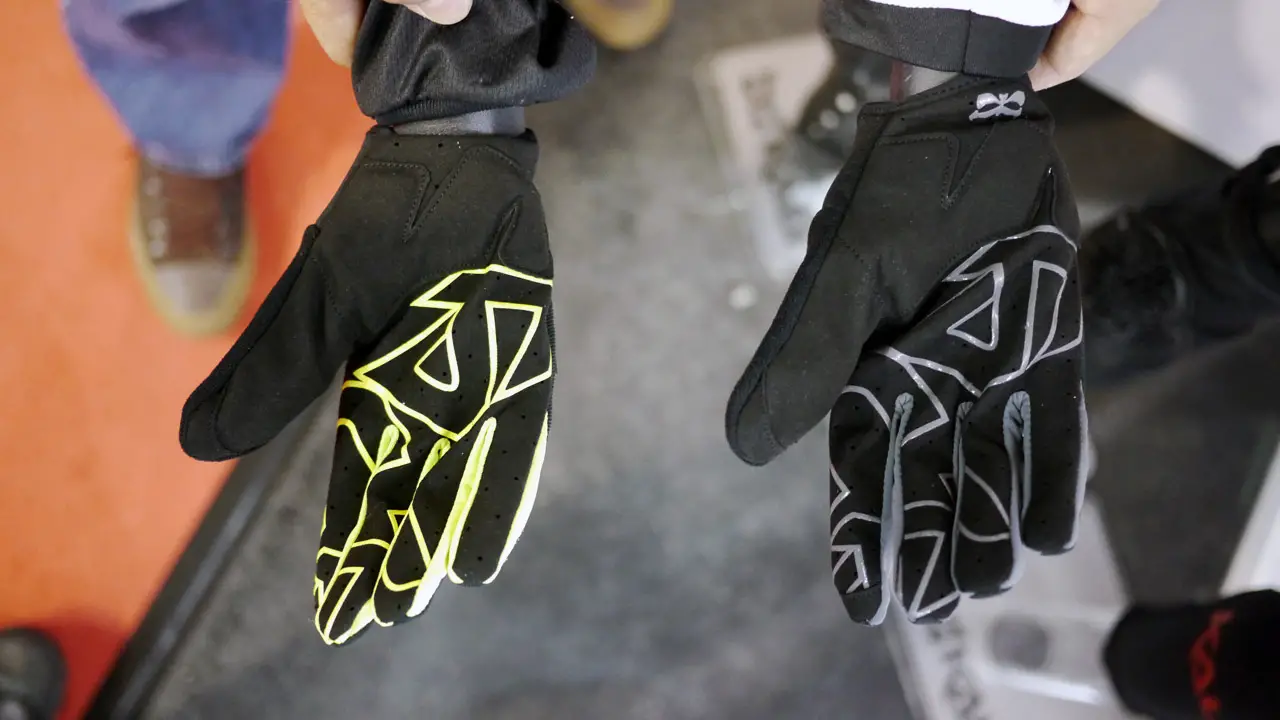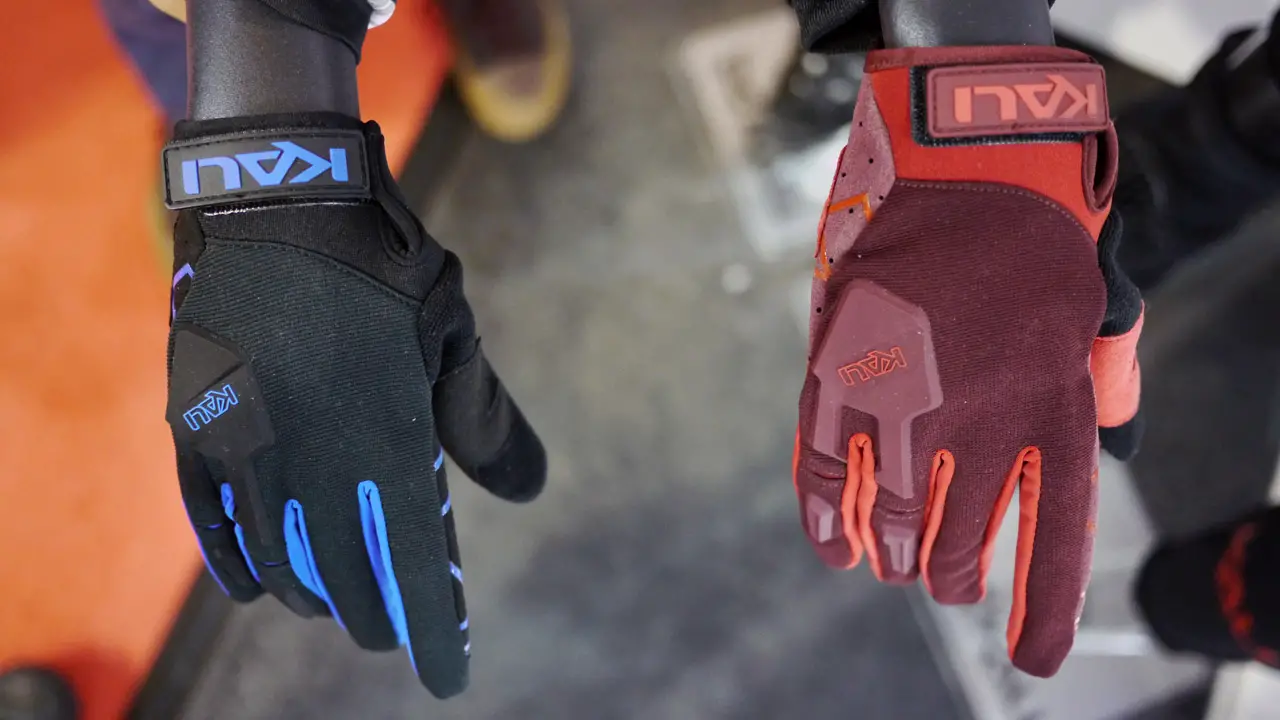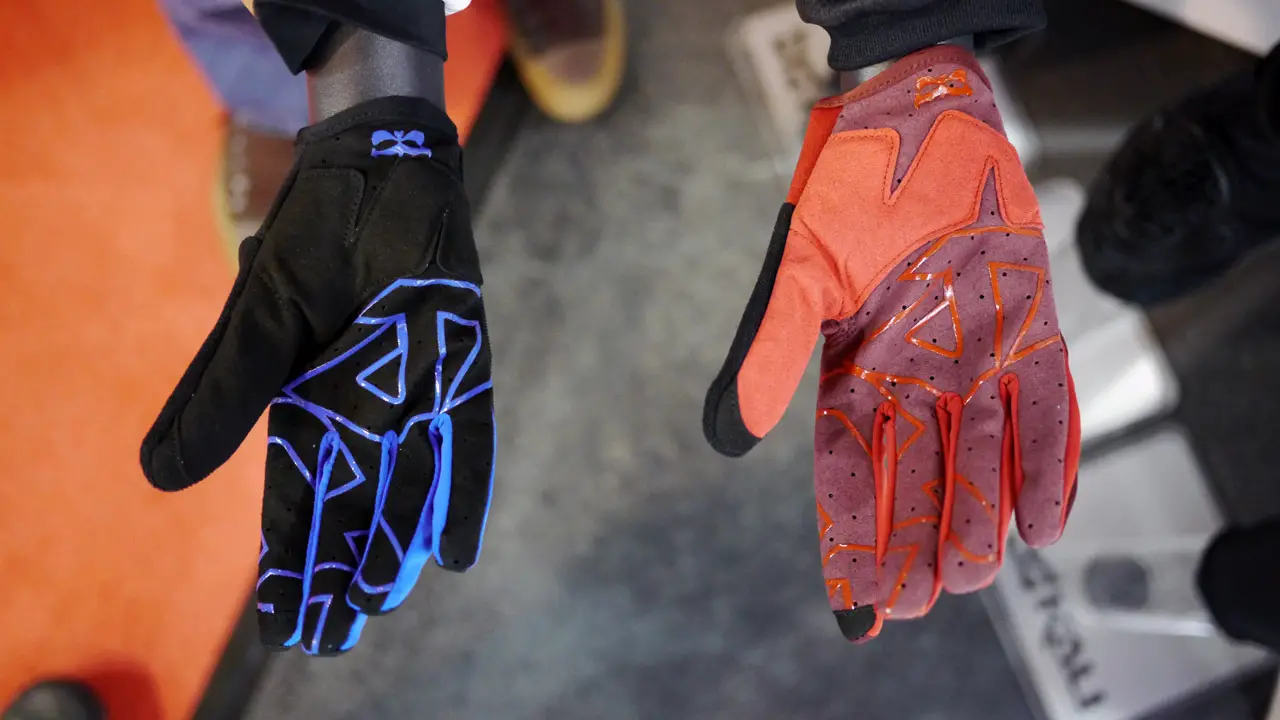It’s a pretty bold move to name your protectives company after the Hindu Godess of Death, but the times we’ve met owner Brad Waldron, he’s been reassuringly absolutely nerdy about helping people avoid injury, and innovating not for the sake of it, but with research partners in universities making sure those innovations are moving toward better protection overall.
At Eurobike we spoke to both Brad, and marketing manager Patrick Ribera-McKay, about some things that aren’t quite ready yet, but will be soon. They showed us the production samples, and are at the point of making final tweaks before sending them into a proper production run.
First up are all new, lightweight knee and elbow pads, which they’re naming the Mission and Strike. These don’t replace Kali’s existing hard shell pads, but expand the range into softer, lighter weight pads for all preferences.
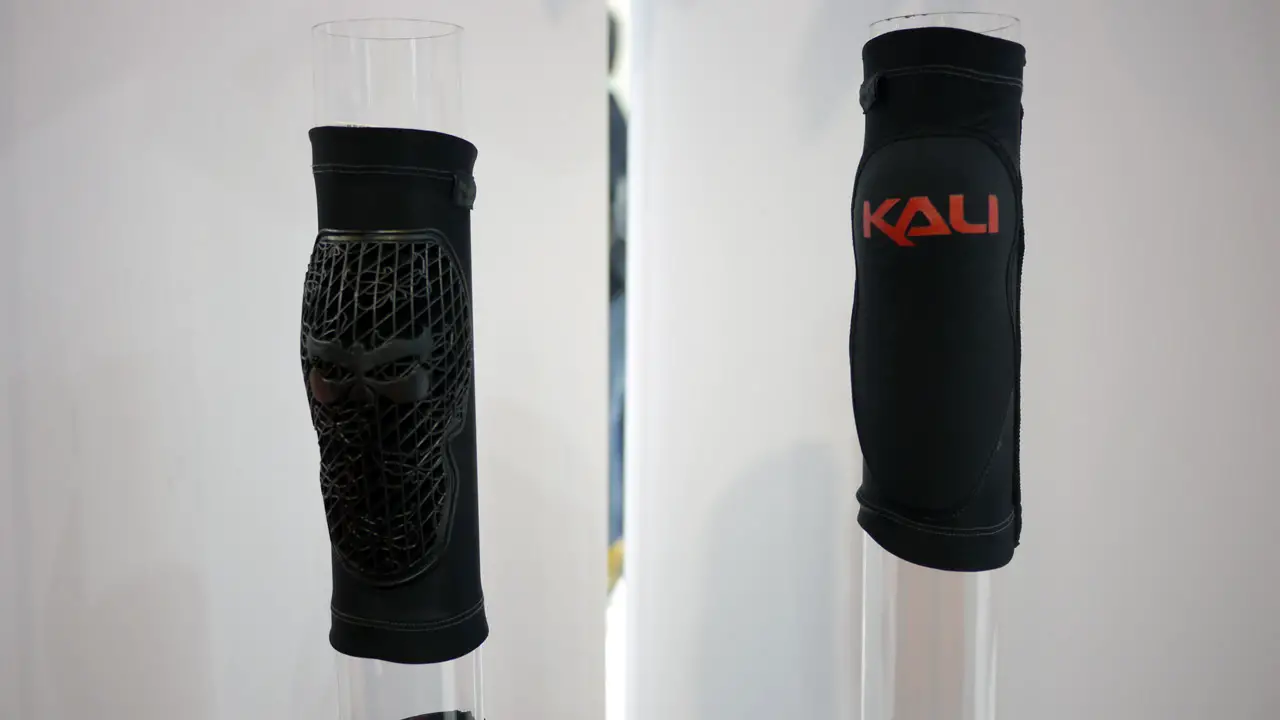
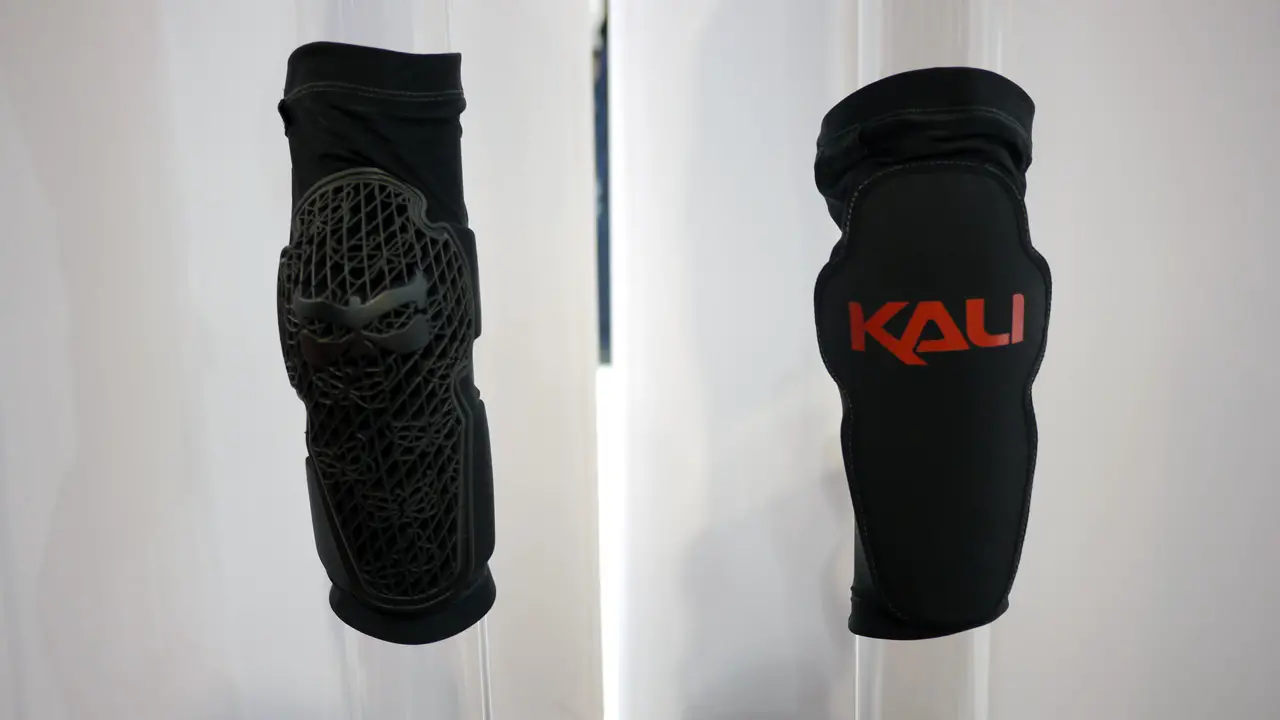
For the Strike, Kali are working with a polymer manufacturer who can formulate individual prototype polymers by special request. They have a kind of waffle design to the armour itself, increasing ventilation. It looks similar to an existing pad by Dainese, but the difference is that Kali have put a secondary pad behind the latticework, meaning sharp objects like twigs and branches can’t poke through the ventilation holes and reach your knee.

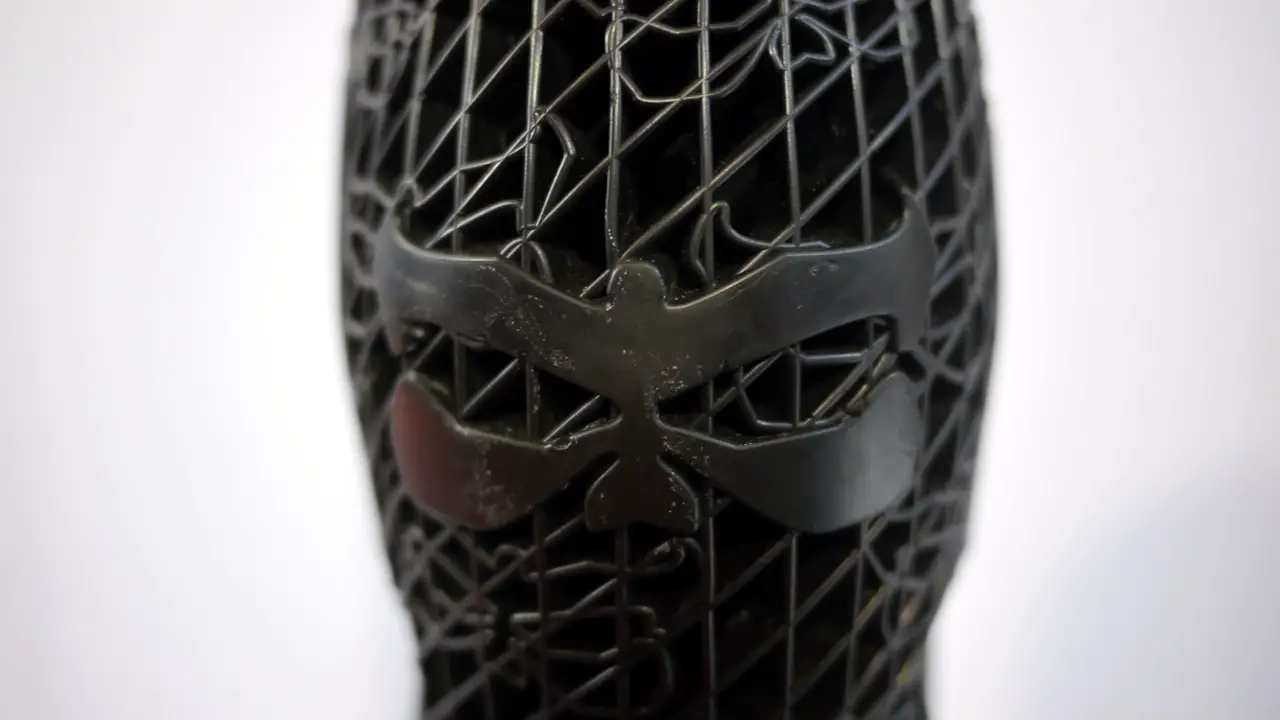
Patrick said that Brad often wears a pair of prototype or competitors pads all day in the office to test them for comfort, then randomly during conversation will slam a knee into something to see how well they work (as well as this, they do a lot of repeatable lab testing with weights and sensors). The Strike is CE1 rated, and the padding is made of a polymer named Xelion, which apparently phase changes in a similar way to D3O. RRP for Strike kneepads will be US$85.
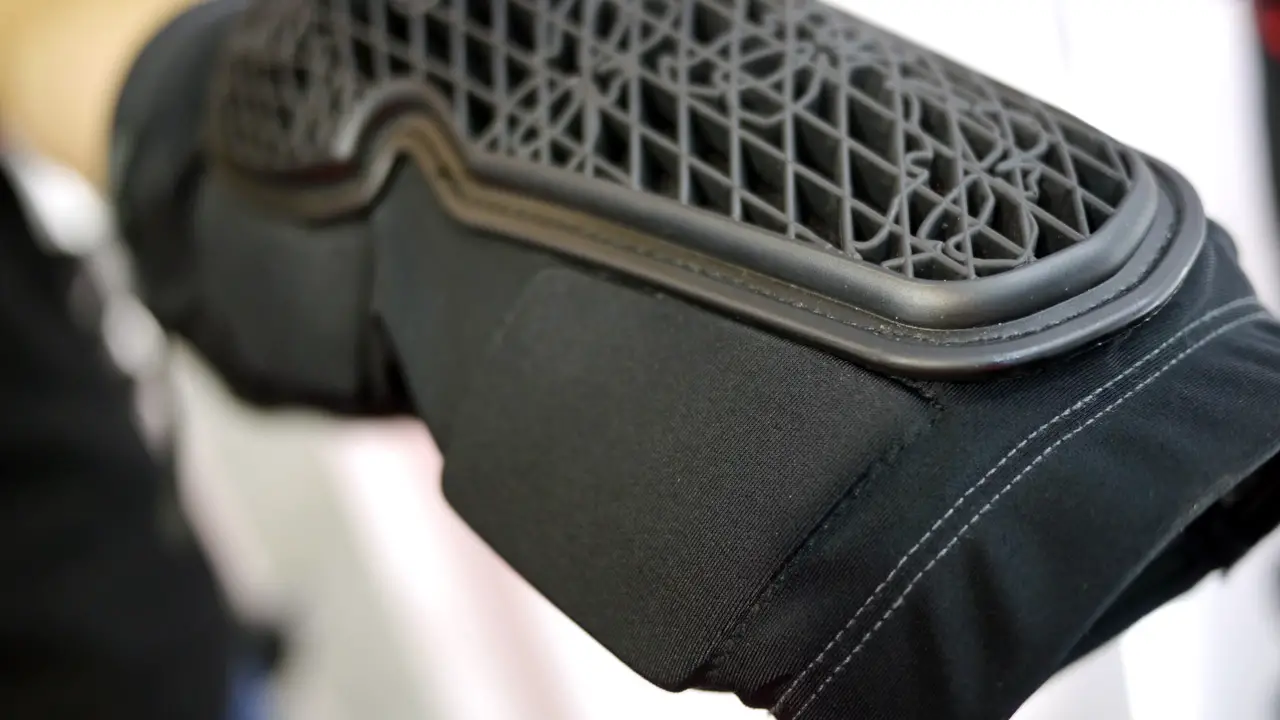

The Mission is a lighter weight form of protection, yet also CE1 rated, and inside it is a DU Polyurethane pad – apparently also acting in a similar way to D3O. RRP is going to be US$45 for Mission kneepads.
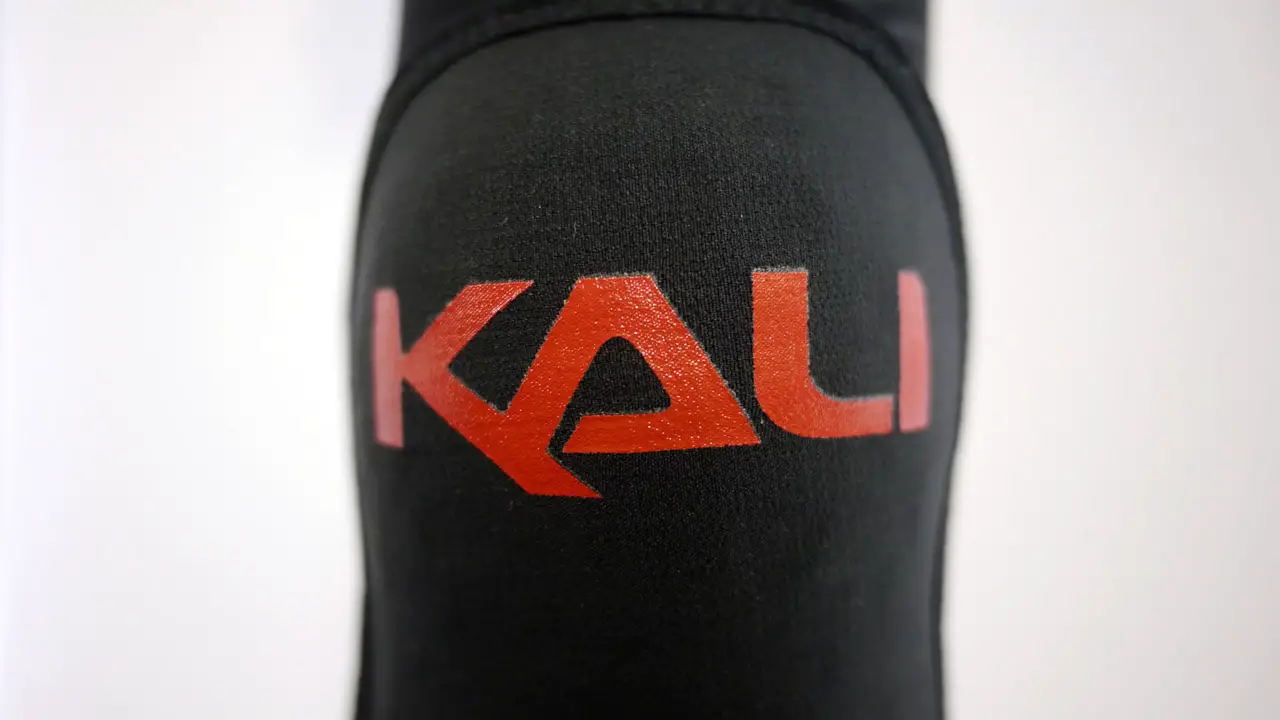
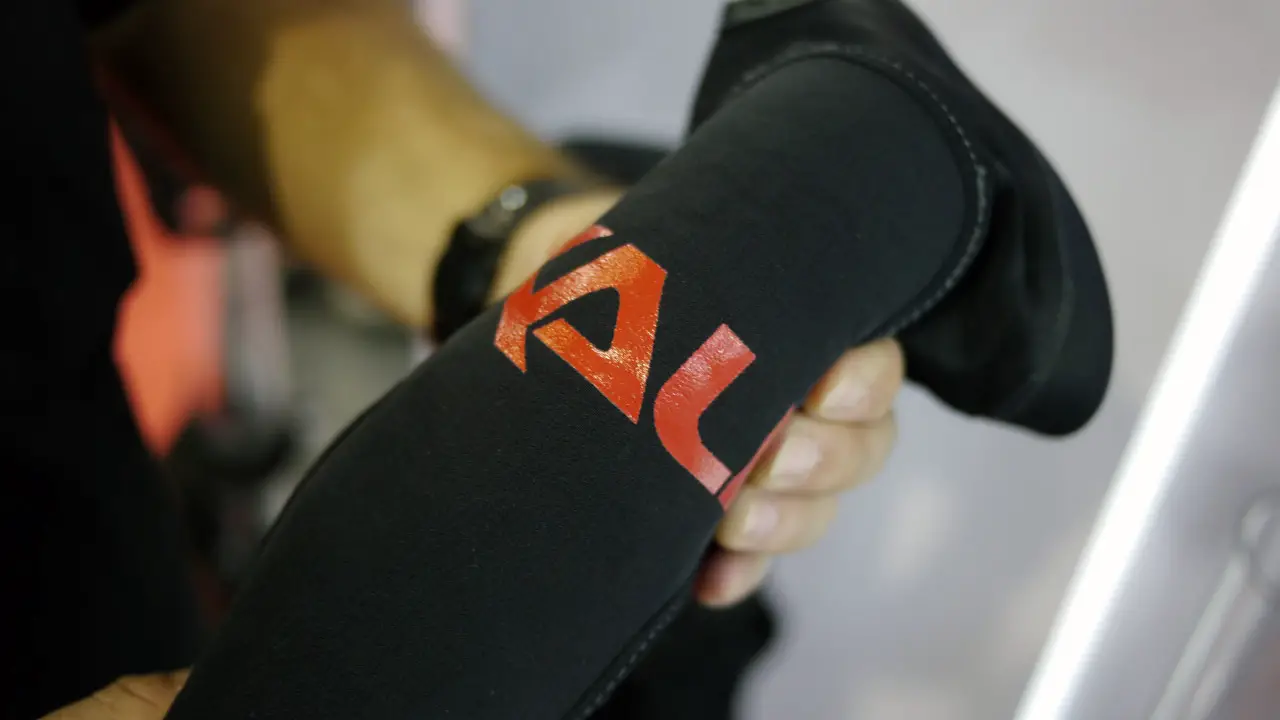
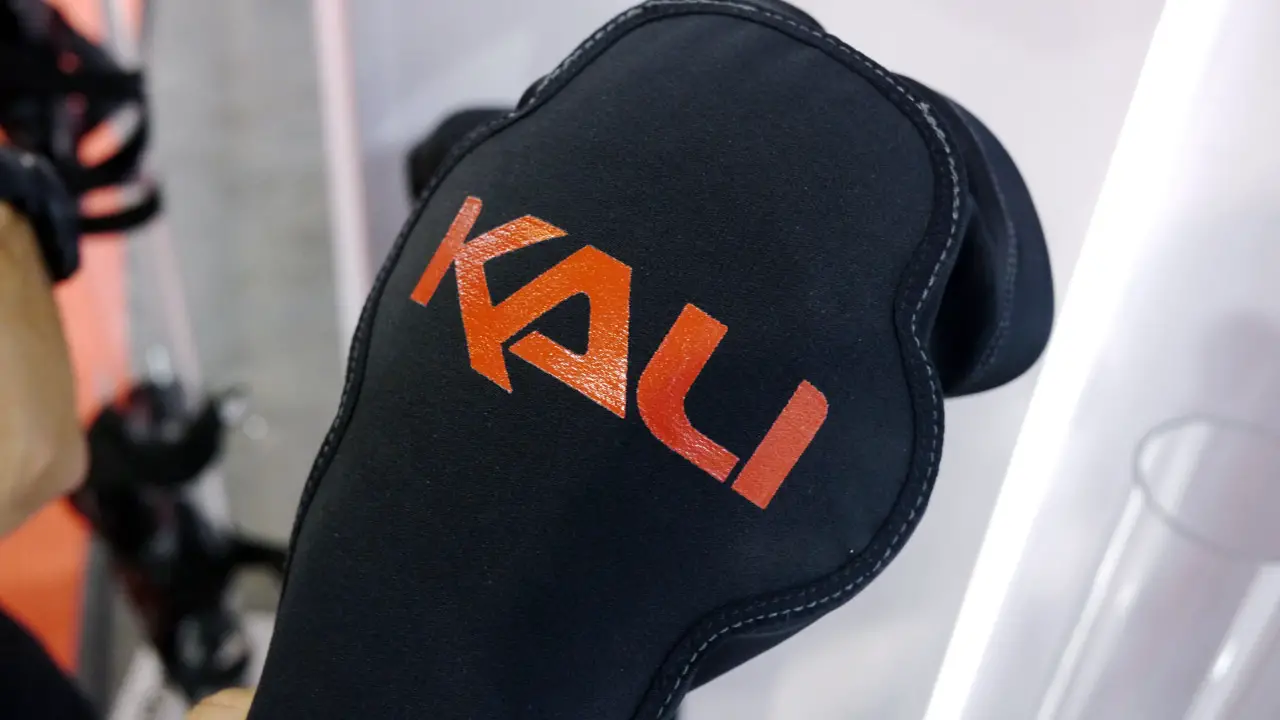
Both the Mission and the Strike will have breathable mesh backs, silicone grippers, and each be available in three sizes. Patrick said he’s been riding prototypes for a year now without issues.
